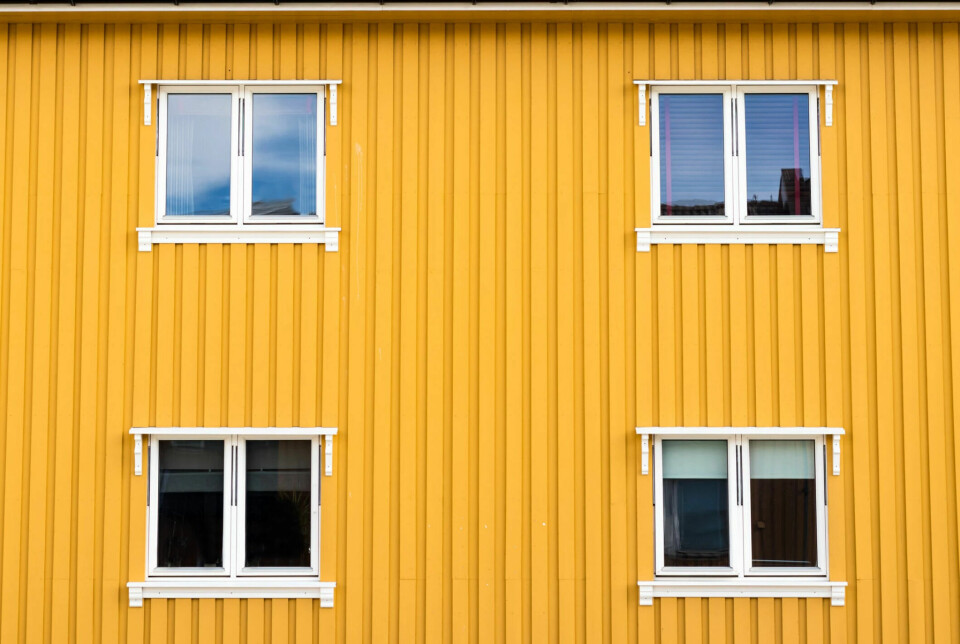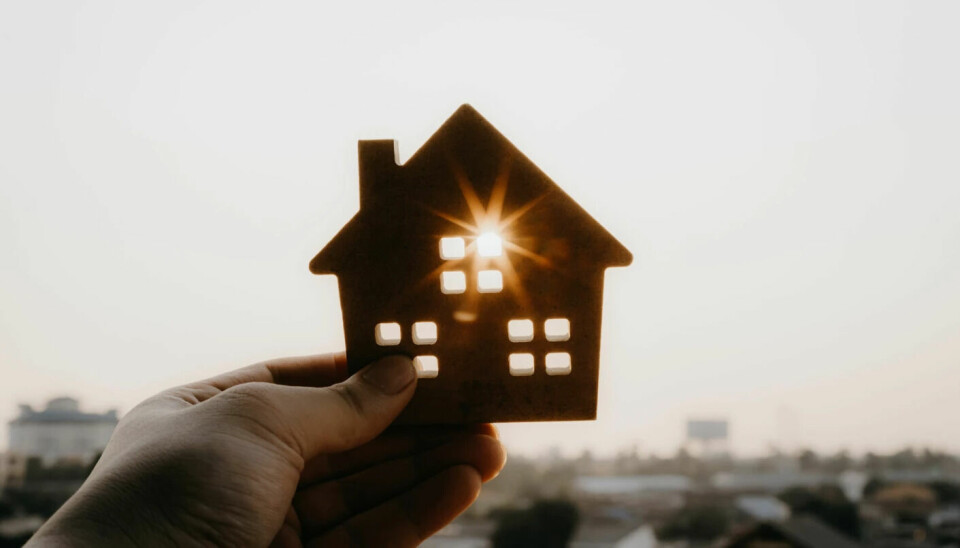
Increasingly high housing prices widen the gap in Norwegians' housing quality
People with low income and single parents have the worst housing conditions, according to a new report from Statistics Norway.
Since 2000, more people in Norway have struggled in the housing market.
These individuals often belong to economically vulnerable groups, typically with low education and income. Many are single parents, and some are students.
“The Statistics Norway report indicates that the majority of Norwegians have good housing conditions. It also shows that many groups have improved their situation over time,” housing researcher Jardar Sørvoll tells sciencenorway.no.
He adds that on the other hand, the report also illustrates that the housing sector is one of the areas where economic inequality in Norway manifests itself.
“It is worrisome that the differences in living space and ownership rate between different groups are as significant as indicated in the report,” the researcher at OsloMet says.
Sørvoll points out that the government has announced a new housing policy in 2024. He hopes that the increasing inequalities in the housing sector will be addressed.
Increasingly high housing prices
Among people with limited education and low income, there are significantly fewer in Norway who own their own home, as shown by the Statistics Norway report.
The gap between those who are well off in the housing market and those struggling to find a satisfactory home has increased in recent years.
This has happened in line with the continuous rise in housing prices.
Among those who are struggling in the housing market, there are also more people living in cramped conditions and experiencing issues like dampness and noise. This negatively affects their well-being and quality of life.
"We find a clear correlation between socioeconomic status and such living conditions," Madeleine Schlyter Oppøyen summarises in the new Statistics Norway report on Housing conditions in Norway 1980-2022 (link in Norwegian).
As many as possible should own their own home
The main goal of Norwegian housing policy since World War II has been to promote homeownership.
Unlike neighbouring countries such as Sweden and Denmark, Norway has not developed a large public rental sector.
Consequently, almost 80 per cent of all individuals in Norway live in a home owned by someone in their household. In comparison, the homeownership rate in Denmark is 60 per cent, and in Germany, it is only 50 per cent.
Tax rules can encourage different ways of living. In Norway and Germany, the taxation of property is completely different.
Significant differences
The Statistics Norway report shows a remarkably stable trend in how most Norwegians have lived over the past 40 years.
Among Norwegians aged 30 to 66 years, the proportion of homeowners is between 80 and 90 per cent.
However, the homeownership rate varies significantly among different groups.
It is significantly higher for couples living together than for individuals living alone and single parents.
- Over 90 per cent of all couples in Norway own their own home.
- Only 58 per cent of individuals living alone and 68 per cent of single parents are homeowners.
The oldest are winners in the housing market
The largest increase in homeownership has been among the oldest age group.
In 1987, only around 50 per cent of all individuals over the age of 80 lived in their own homes.
Now, the figure is as high as 90 per cent.
Many of today's elderly have had excellent opportunities in the housing market. They have gained more capital due to the increase in housing prices.

Among the young, the trend has gone in the opposite direction.
In the 1980s, around 60 per cent of individuals in their 20s lived in homes they owned. This has now decreased to about 50 per cent.
A growing number of Norwegians are moving into apartments
Most Norwegians live in detached houses or terraced houses.
However, Statistics Norway finds that an increasing number of Norwegians have moved into apartments. Over the past 40 years, the proportion of Norwegians living in apartments has increased from around 18 per cent to approximately 35 per cent.
Consequently, the proportion living in detached houses is decreasing.
The proportion of the population living in terraced houses and multifamily residential /multi-apartment buildings has remained stable.
Fewer people live in crowded conditions
In 1920, 70 per cent of all Norwegians living in cities would have met the current definition of living in crowded conditions.
By 2003, the proportion of people living in crowded conditions had dropped to 7 per cent of the population.
It has remained at that level since, according to Statistics Norway's data.
Currently, 36 per cent of the Norwegian population lives in ‘very spacious’ conditions. This is an increase of 7 percentage points since 2003.
———
Translated by Alette Bjordal Gjellesvik.
Read the Norwegian version of this article on forskning.no
Reference:
Oppøyen, M.S. Boforhold i Norge. Historiske trender (Housing conditions in Norway 1980-2022), Statistics Norway report, 2023.
































